Chocolate makers face reckoning over persistent child labour challenge
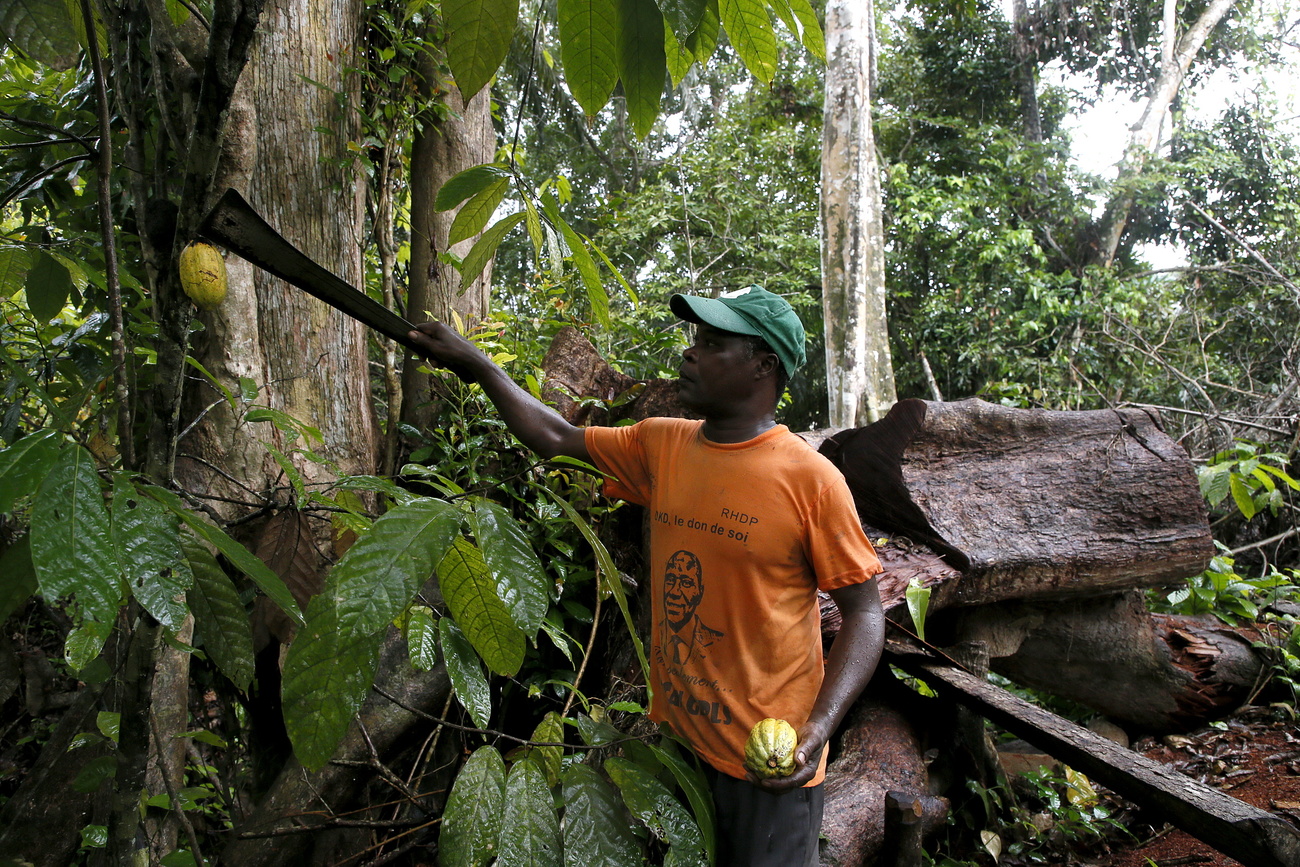
A US government-commissioned report has found that child labour in the cocoa supply chain has worsened over the last decade. How has the $100 billion industry made so little progress?
Cocoa traders and manufacturers, many of whom are based in Switzerland, recently received a sobering reminder of how little has changed for children in cocoa-growing regions in West Africa.
According to a survey by NORC at the University of Chicago, commissioned by the US Department of Labor five years ago, the proportion of children in child labour in cocoa-growing regions of Côte d’Ivoire and Ghana increased by 14 percentage points (31% to 45%) between 2008 and 2019.
International media didn’t mince their words, with the Washington PostExternal link calling it “a remarkable failure by chocolate companies to fulfil their long-standing promise to eradicate the practice from their cocoa supply chains”.
But the findings surprised few in the industry, which has invested millions over the past two decades in projects, monitoring, and certification schemes in the region. Last year, Nestlé identified 18,000 child labourers in its supply chain through its monitoring of more than 75,000 children. This is after spending CHF224 millionExternal link ($245 million) in a plan to make more sustainable cocoa.
While the industry says it has learned lessons from the past, activists argue that the report is proof that big cocoa companies can’t be trusted to regulate themselves and that mandatory measures as proposed by the Swiss Responsible Business Initiative are needed to keep companies in check.
The limits of policing
The industry has admitted it was naïve when in 2001 the governments of the US, Ghana and Côte d’Ivoire along with a coalition of industry partners pledged to eradicate the worst forms of child labour under the so-called Harkin-Engel Protocol.
The targets “were set without fully understanding the complexity and scale of a challenge heavily associated with poverty in rural Africa,” according to a statement from the World Cocoa Foundation. Most brands didn’t know where most of their cocoa came from, let alone the competing forces at play.
At first, when reports of child labour in the region started emerging in the late 1990s, companies tried to fix the problem with a mix of auditing and policing, which had little impact.
“One of the biggest lessons learnt about what doesn’t work is a compliance-driven approach that punishes farmers for using their children to help on the family farm when they have few alternatives,” said the International Cocoa Initiative (ICI), a Geneva-based group focused on tackling child labour.
In some cases, this merely drives the issue underground, making it harder to tackle: this was a clear limitation of approaches that would de-certify farmers in breach of “zero child labour” codes, ICI said.
In 2014, the industry came together in a drive to invest more in the underlying problems of poverty. This happened at a time when industry warned of a cocoa shortage as demand for chocolate surged in Asia.
The NORC report relied on the definition of child labour from the Ghana and Côte d’Ivoire governments within the framework of the International Labour Organisation. NORC writes that child labour is defined as children who exceed the maximum allowable working hours (specific to each age group) in any economic activity, and/or who are exposed to any of the six different types of hazardous activities in cocoa production are considered as child labor in cocoa production.
More projects emerged in West Africa, which produces around 70% of the world’s cocoa, investing in agriculture practices and increasing output. According to the NORC report, cocoa production in the region increased by 62% in a decade and the proportion of households growing cocoa in the region went from 55% to 84%. However, productivity (output on same amount of land) hardly budged.
While there were some positive effects, this also worsened child labour in some ways. “There are now many more households growing cocoa in Côte d’Ivoire and Ghana and unfortunately this means there are more children at risk of doing child labour in cocoa farming,” said ICI.
As part of the push to produce more, farmers also used more pesticides and fertilizers. The NORC report found that of the 1.56 million children in child labour, 1.48 million were doing hazardous tasks such as wielding machetes and using agrochemicals, which, in the latter case, increased around five-fold.
Emanuele Biraghi, a partnerships specialist at UNICEF in Côte d’Ivoire, told swissinfo.ch that the increase in pesticide exposure “is particularly worrying because the impact of pesticides is extremely harmful to children’s physical and cognitive development. Its effects are visible only in the long run.”
Volatile markets
There were also negative consequences for farmers’ incomes, which are at the mercy of highly fluctuating global market prices. Farmers, most of whom work on less than 10 hectares of land, receive the ‘farm gate price’, which is set by national cocoa boards and is a share of the price paid on global markets.
“There is this view that if farmers produce twice as much, they’ll be twice as happy, twice as healthy, and twice as educated. This has led governments and companies to pump a lot of money into helping farmers to produce more of the same but if demand for the product doesn’t increase in tandem, this will depress the market on the long run,” said Michiel Hendriksz, a former cocoa trader who founded Farmstrong Foundation, which runs sustainable agriculture programs in Côte d’Ivoire and elsewhere.
For example, after a bumper crop in the 2016-2017 harvest season, the price of cocoa plunged by around 30%, driving many farmers who were already making less than $2 a day further into poverty.
Industry watchdogs argue that cocoa companies need to pay a fair price farmers, who, by some estimates, receive less than 7% of the total cost of a chocolate bar.
Last year the governments of Ghana and Côte d’Ivoire introduced a premium of $400 per tonne of cocoa, which was said to provide some income stability to farmers but it’s not clear what impact this is having.
Although industry coalitions agree that the price farmers receive needs to go up, they haven’t come up with a plan to do it. Some experts also caution that artificial moves to raise prices could encourage farmers to grow more and cause global prices to plummet.
Beyond cocoa
Hendriksz, who typically splits his time between western Switzerland and Côte d’Ivoire, says increasing the farm gate price doesn’t mean farmers are able to buy more goods for daily consumption.
“National agriculture policies are often focused on cash crops for export such as rubber, cashew, cotton and cocoa. The country [Côte d’Ivoire] now needs to import even basic food stuffs such as cooking oil, wheat, sugar, meat, fish.”
Inflation rates have risen to such serious levels that most basic goods and services are getting very expensive for farmers. “Smallholder farmers basically get squeezed on both sides,” added Hendriksz.
He argues that ending child labour needs a range of complex interventions, some of which have nothing to do with cocoa or even agriculture. It is often a mix of health, nutrition, education and infra-structure or the lack of it. Agricultural issues are the consequences of this not the drivers, he explained.
“This isn’t a cocoa problem. You have to understand the real problems and underlying root causes. It’s a very complex smallholder farmer problem that has deep social, cultural and historical elements. You can’t solve these problems in isolation by a single supply chain approach,” Hendriksz said.
UNICEF is also encouraging the industry to think more broadly and look at issues of health, access to water, malnutrition, education and birth registration that keep children out of school and cocoa farm families in a cycle of poverty. Biraghi said that investing in such areas could be an important strategy to prevent child labour while at the same time developing human capital.
The industry appears to be coming on board with this view. All the big cocoa traders and chocolate manufacturers have announced plans that combine some form of certification or verification along with projects to build schools and health clinics, as well as diversify farmer income.
Nicko Debenham, head of sustainability at one of the world’s largest cocoa processors and chocolate manufacturers Barry Callebaut, told the Financial TimesExternal link last year that “the whole cash-crop model is a recipe for continued poverty”. He has more radical advice for producers: If they abandon cocoa, prices would go through the roof. Grow more food, produce less cocoa and push up the price.”
Barry Callebaut is involved in one quarter of all chocolate and cocoa products consumed in the world. A few years ago, the Zurich-based company launched the “Forever Chocolate” initiative, which aims to lift 500,000 farmers out of poverty, reduce child labour to zero, become carbon- and forest-positive, and use sustainable ingredients.
Nestlé, whose brands include KitKat and Cailler, has also turned issues like water, sanitation and gender equality into priorities under its Cocoa Plan.
Yann Wyss, a Senior Public Affairs manager leading Nestlé’s work on human rights, told swissinfo.ch he supports a focus on communities but that this doesn’t negate its responsibility as a company. “I am not comfortable with companies saying that they should only take a community approach. They are ignoring that they have huge leverage in their own supply chain.”
“You need to know what’s going on in your supply chain to understand what’s needed to tackle the root causes. Each community, each household and each farmer are different and you need to be able to come up with tailored solutions,” he said.
“Nestlé builds schools in some villages because we know that we source from communities where children don’t have access to education. That is due to either a lack of schools or because schools are located very far away.”
Swiss plan
Whether these will lead to real changes depends largely on their scale. In Côte d’Ivoire alone, there are estimated to be more than 3 million children living in cocoa-growing communities.
ICI noted that poor coordination has led to “piecemeal, inefficient and sometimes incoherent efforts that fail to reach critical mass”.
The Swiss government is trying to bring some coordination at a national level, putting CHF7.6 million into partnerships with the Swiss cocoa industry and NGOs as part of the Swiss Platform for Sustainable CocoaExternal link.
Although Switzerland only imports 2% of the world’s cocoa, it is home to some of the biggest cocoa traders and chocolate companies that trade beans or sell finished chocolate products all over the world.
The platform aims for all cocoa imported into Switzerland to be “sustainable”. This is understood as Fairtrade and Rainforest Alliance certification as well as third-party verified programs by companies.
Christine Müller is the executive secretary of the Platform, which she joined after several years with the Swiss ministry for agriculture and Nestlé. She said certification is only part of it. “Certification will never give you 100% guarantee that there is no child labour. Audits are only performed once a year.”
The Platform has also set principles and metrics that it’s using to monitor progress and is running pilot projects co-financed by the Swiss economics ministry and industry in areas such as income and crop diversification.
Whether the effort can avoid the unfulfilled promises of 2001 remains to be seen.

In compliance with the JTI standards
More: SWI swissinfo.ch certified by the Journalism Trust Initiative


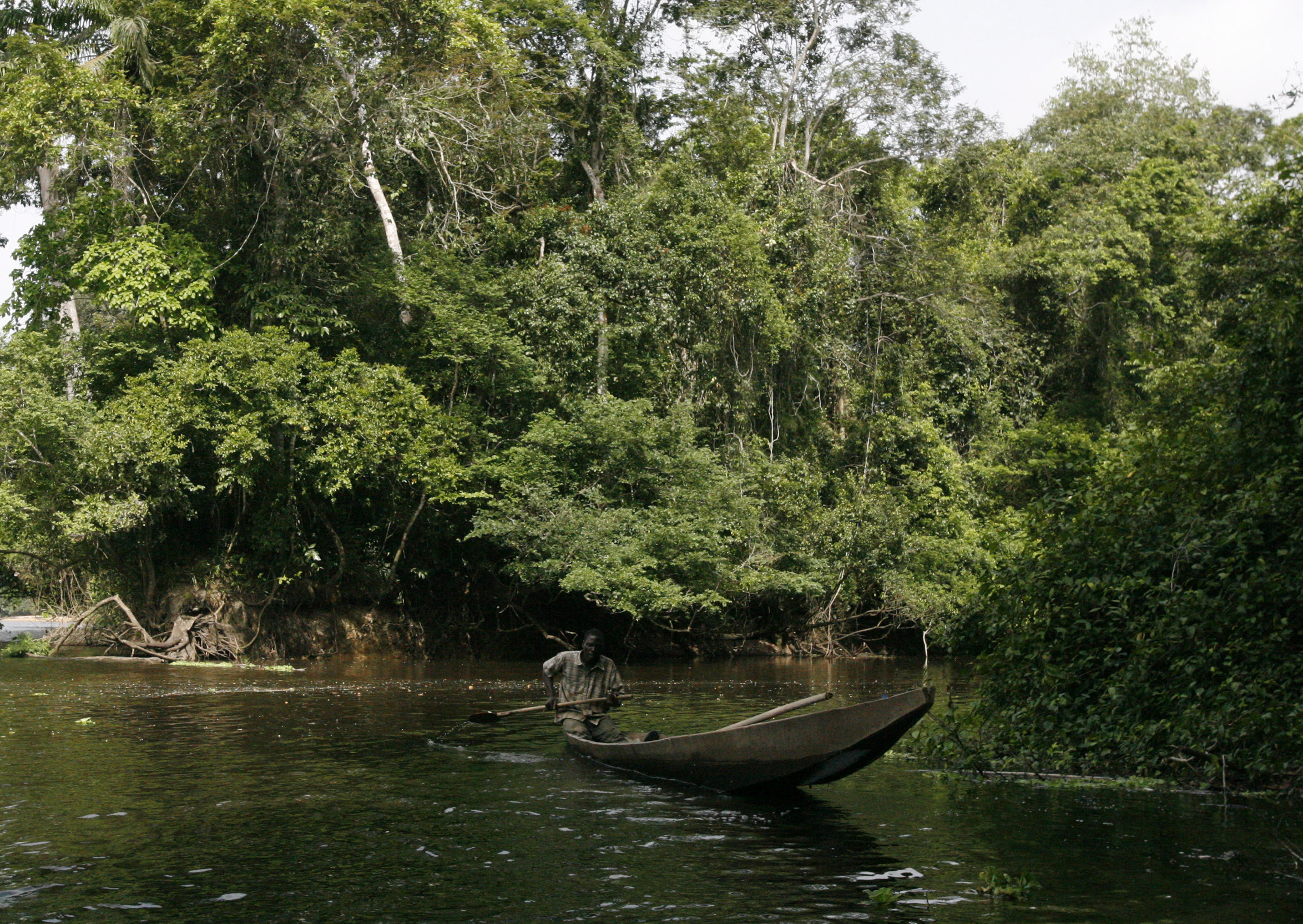
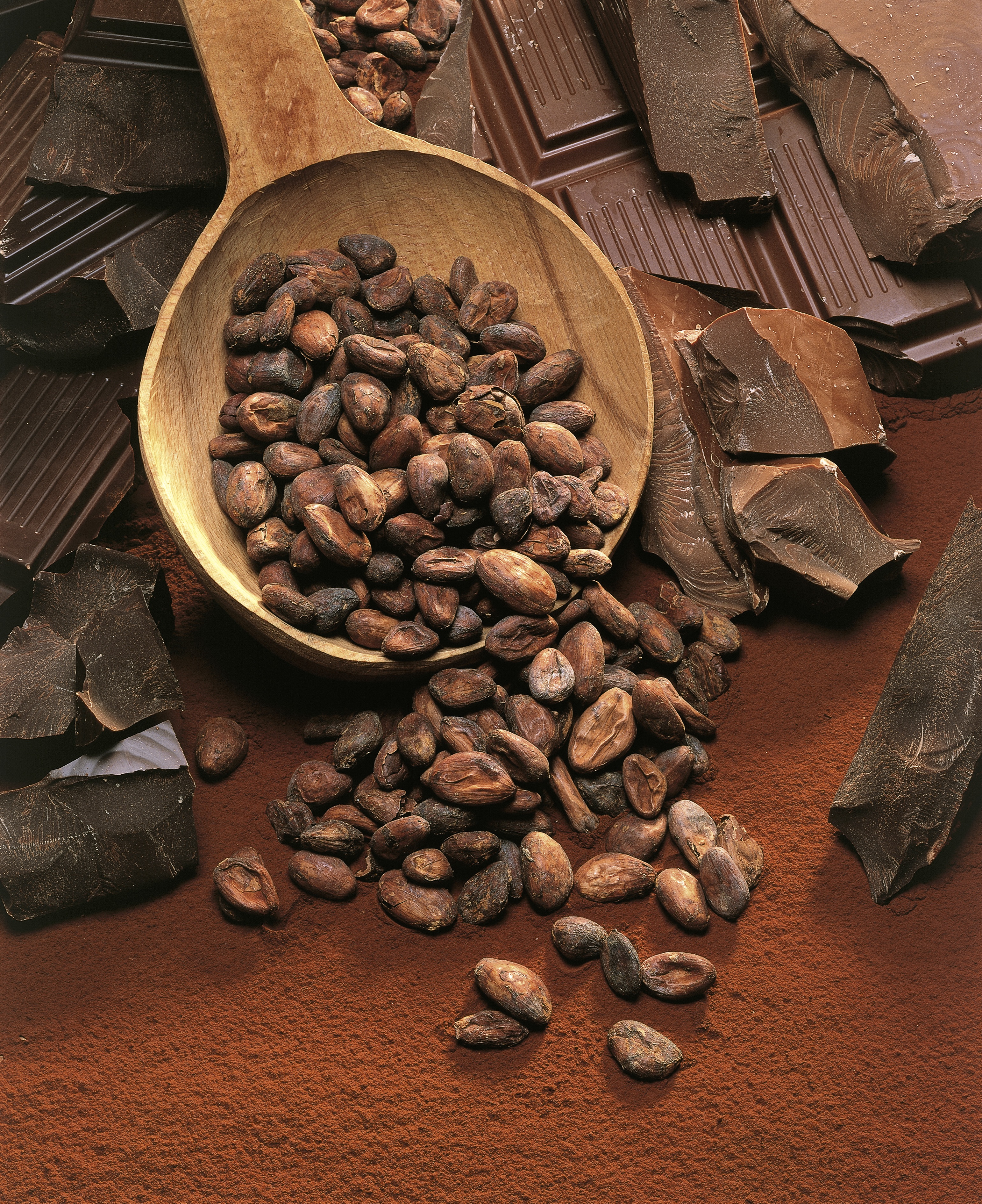

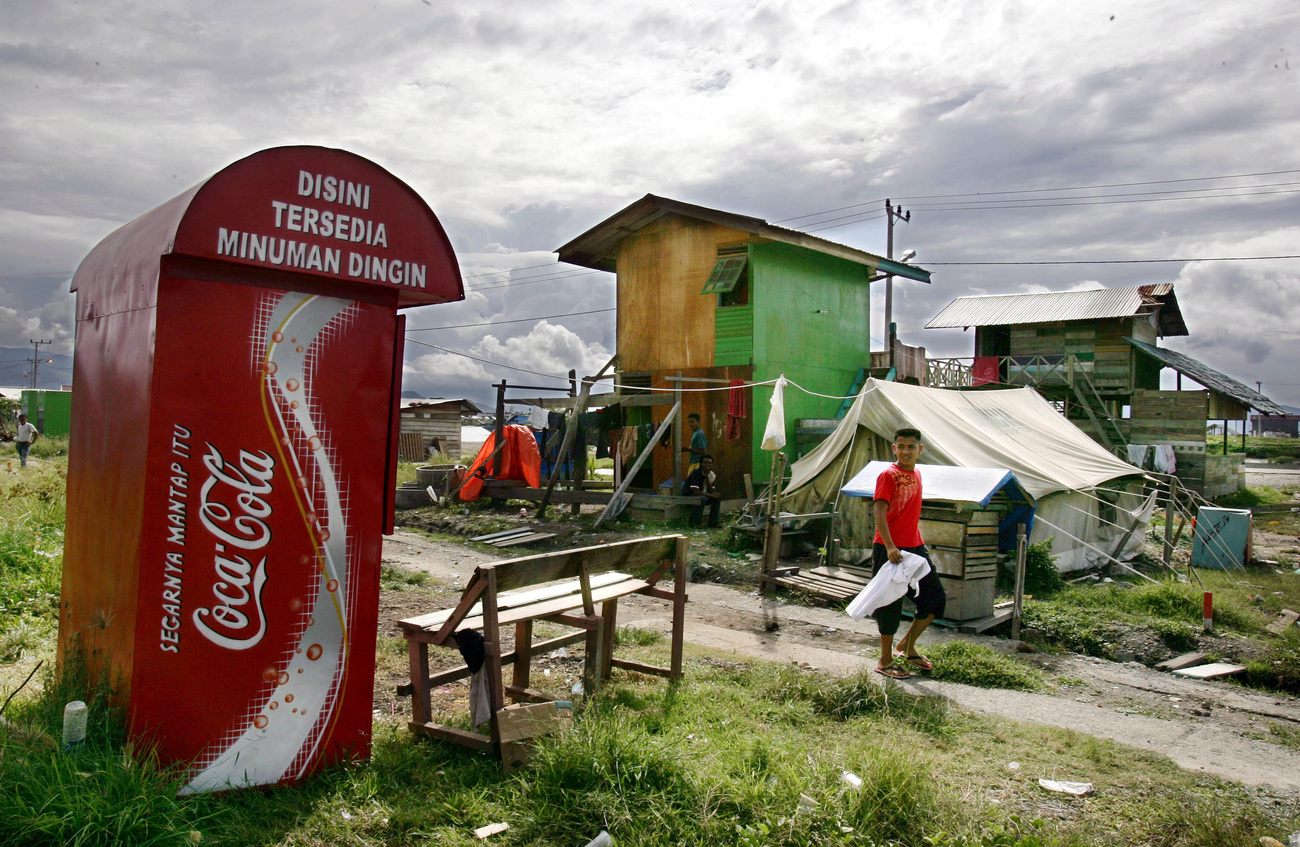
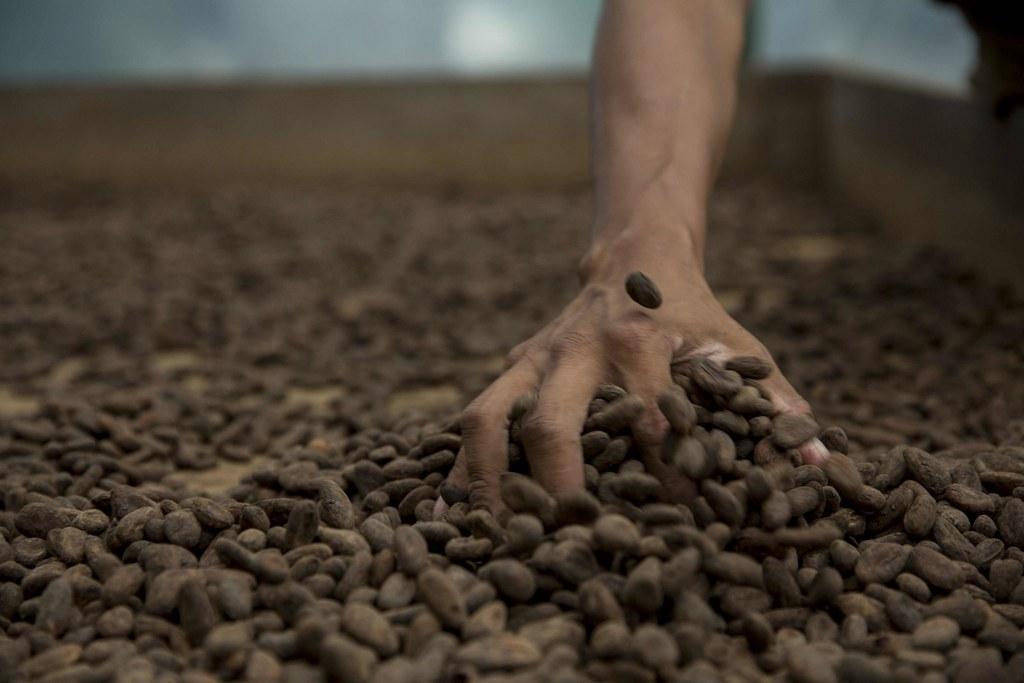
Join the conversation!